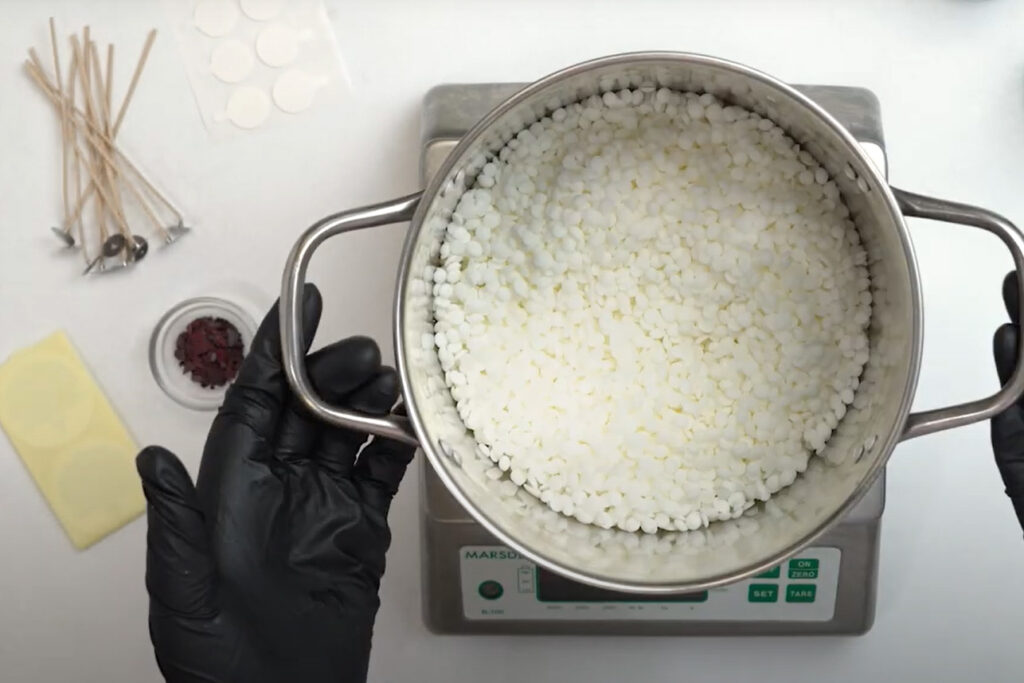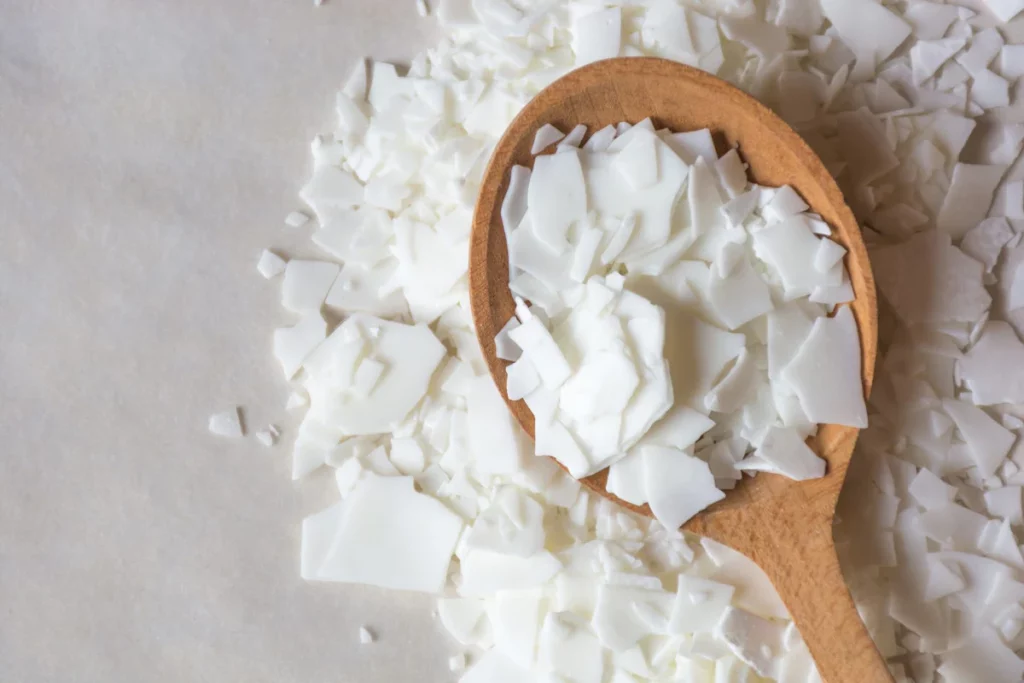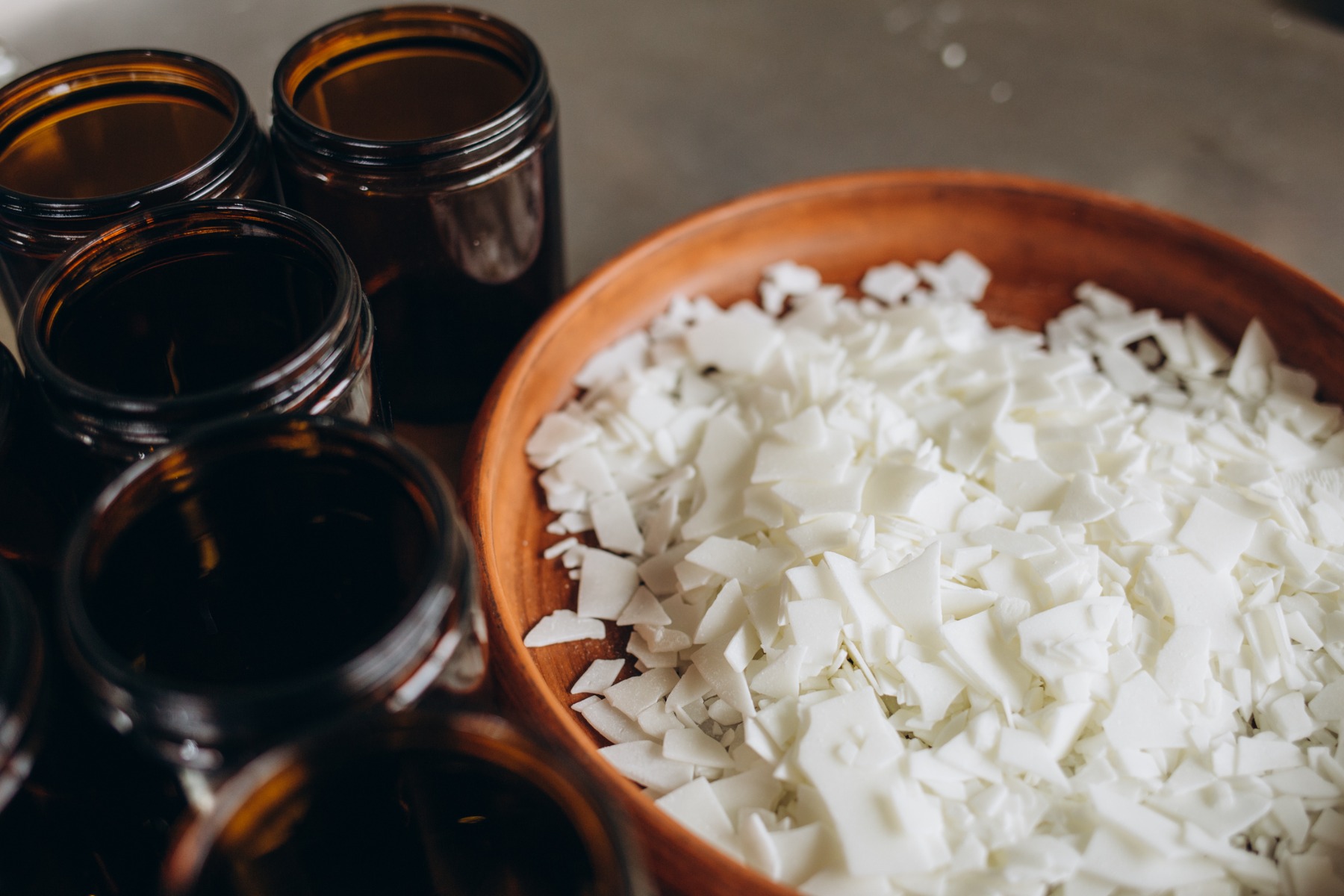Candle making is an age-old craft that has undergone many advancements in recent years. One of the most significant innovations in this industry is the use of C3 soy wax. This natural and eco-friendly wax has gained popularity among candle makers for its exceptional properties and numerous benefits. In this article, we will delve into the world of C3 soy wax and explore why it has become the preferred choice for artisanal candle making.
Understanding C3 Soy Wax
What is C3 Soy Wax?
C3 soy wax is a type of vegetable wax derived from soybean oil. Unlike paraffin wax, which is derived from petroleum, C3 soy wax is a renewable resource that is biodegradable and environmentally friendly. It offers a clean and sustainable alternative to traditional candle waxes.
The Unique Properties of C3 Soy Wax
One of the key reasons why C3 soy wax stands out is its ability to hold a high fragrance load. This means that candles made with C3 soy wax have a more intense and longer-lasting scent compared to those made with other waxes. Additionally, C3 soy wax has a lower melting point, which allows for a longer burn time and a more even distribution of fragrance throughout the candle.
Another notable property of C3 soy wax is its excellent glass adhesion. When using C3 soy wax, candle makers no longer have to worry about unsightly tunneling or wax sticking to the sides of the container. The wax adheres well to the glass, ensuring a clean and professional finish.
Furthermore, C3 soy wax is known for its versatility in terms of color and fragrance absorption. This wax can easily be dyed to create a wide range of vibrant colors, making it ideal for creating custom candles to suit any occasion or aesthetic preference. Additionally, C3 soy wax readily absorbs fragrances, allowing candle makers to experiment with various scents and create unique olfactory experiences for their customers.
Moreover, C3 soy wax is favored by many artisans and crafters for its ease of use in candle making. Its soft and pliable texture makes it simple to work with, whether for hand-pouring candles or creating intricate designs. The natural composition of C3 soy wax also makes it a popular choice among consumers who prioritize eco-friendly and sustainable products, adding to its appeal in the market.

The Advantages of C3 Soy Wax in Candle Making
Enhanced Scent Throw with C3 Soy Wax
One of the primary reasons why candle enthusiasts prefer C3 soy wax is its superior scent throw. The porous nature of soy wax allows it to absorb and retain fragrance oils more effectively, resulting in candles that fill a room with their enticing aroma. Whether you prefer subtle floral scents or bold and exotic fragrances, C3 soy wax can deliver an olfactory experience like no other.
The Eco-Friendly Nature of C3 Soy Wax
With increasing awareness of environmental issues, many consumers are actively seeking products that are eco-friendly. C3 soy wax is an ideal choice for environmentally conscious individuals as it is made from a renewable resource, emits fewer toxins when burned compared to paraffin wax, and is biodegradable. By choosing candles made with C3 soy wax, you can enjoy a cozy ambiance while minimizing your carbon footprint.
The Superior Finish of C3 Soy Wax Candles
Appearance is crucial when it comes to candles, and C3 soy wax delivers a superior finish that elevates the aesthetics of any candle. The smooth texture of the wax and its excellent glass adhesion ensure a clean and flawless finish. C3 soy wax candles have a modern and sophisticated look that adds a touch of elegance to any space.
Furthermore, C3 soy wax is known for its exceptional burn quality. When properly maintained, soy wax candles made with C3 wax have a longer burn time compared to traditional paraffin wax candles. This means you can enjoy the warm glow and delightful fragrance of your favorite C3 soy wax candle for extended periods, making it a cost-effective choice for candle enthusiasts.
Customization Options with C3 Soy Wax
Another advantage of using C3 soy wax in candle making is the wide range of customization options it offers. This versatile wax can easily be blended with dyes to create vibrant colored candles or mixed with various essential oils to craft unique scents tailored to your preferences. Whether you are looking to create personalized gifts or enhance the ambiance of your home, C3 soy wax provides endless possibilities for creative expression.
Comparing C3 Soy Wax to Other Types of Wax
C3 Soy Wax vs. Paraffin Wax
Paraffin wax has been a staple in the candle industry for many years due to its affordability and ease of use. However, the environmental impact of paraffin wax production cannot be ignored. Being a byproduct of petroleum refining, paraffin wax is non-renewable and contributes to carbon emissions. Its burning releases harmful carcinogens and pollutants into the air, posing health risks to both humans and the environment. In contrast, C3 soy wax stands out as a sustainable and cleaner alternative. Derived from soybean oil, C3 soy wax is biodegradable, renewable, and supports local farmers. It not only burns cleaner but also offers superior fragrance throw and a longer burn time, making it a popular choice among eco-conscious consumers. Find more about carbon on https://chemed.chem.purdue.edu/genchem/topicreview/bp/ch10/carbon.php
When it comes to choosing between paraffin wax and C3 soy wax, the decision ultimately boils down to personal values and priorities. While paraffin wax may be more budget-friendly, its environmental impact and potential health risks are significant factors to consider. On the other hand, C3 soy wax not only provides a safer and more sustainable option but also enhances the overall candle-making experience with its high performance and versatility.
C3 Soy Wax vs. Beeswax
Beeswax, known for its natural golden hue and sweet aroma, has been valued for centuries in various applications, including candle making. However, the limited availability and higher cost of beeswax can be deterrents for candle makers looking for a more accessible option. Additionally, beeswax can be trickier to work with due to its higher melting point and unique characteristics. In contrast, C3 soy wax offers candle makers a cost-effective and user-friendly alternative that does not compromise on quality or performance. With C3 soy wax, creators can explore a wide range of creative opportunities while enjoying the benefits of a sustainable and reliable wax.
C3 Soy Wax vs. Other Soy Waxes
Among the diverse range of soy waxes available in the market, C3 soy wax stands out for its exceptional fragrance retention and superior glass adhesion properties. While some soy waxes may struggle with holding scent well or adhering to the container, C3 soy wax overcomes these challenges with ease. Its consistent performance and reliability make it a preferred choice for candle makers who prioritize quality and consistency in their products. By choosing C3 soy wax, creators can craft candles that not only look beautiful but also deliver a delightful olfactory experience to consumers.
The Process of Making Candles with C3 Soy Wax
Preparing the C3 Soy Wax
The first step in making candles with C3 soy wax is to prepare the wax for melting. Measure the desired amount of C3 soy wax flakes and transfer them into a heat-resistant pouring pitcher or melting pot. Ensure that the container is clean and dry.
Next, set up a double boiler system by placing the pouring pitcher or melting pot into a larger pot filled with water. This method provides a gentle and even heat distribution, preventing the wax from scorching. It’s important to note that direct heat can cause the wax to burn or become discolored, so the double boiler system is essential for maintaining the quality of the wax.
Once the double boiler system is set up, heat the water on low to medium heat. As the water heats up, the wax flakes will begin to melt slowly. Stir the wax occasionally to promote even heat distribution and ensure that all the wax flakes are fully melted.
More read about candle wax: Choosing the Right Candle Wax for Your DIY Projects
Adding Fragrance and Color to C3 Soy Wax
Once the C3 soy wax flakes have melted completely, it’s time to add fragrance and color to the wax. This step is where the magic happens, as it allows you to personalize your candles with your favorite scents and colors.
Choose a high-quality fragrance oil specifically designed for candle making and follow the manufacturer’s recommended usage rate. Fragrance oils come in a wide variety of scents, from floral and fruity to warm and cozy. Stir the fragrance oil into the melted wax gently to ensure it is evenly dispersed throughout the mixture, creating a delightful aroma that will fill the room when the candle is lit. To know more about floral click here.
If desired, add candle dye or color blocks to achieve the desired hue. Start with a small amount and gradually increase until the desired shade is reached. Remember that a little goes a long way, so it’s best to add color gradually and test the result before adding more. This allows you to create candles in an array of beautiful colors, adding an extra touch of visual appeal to your creations.

Setting and Cooling Your C3 Soy Wax Candle
Once the fragrance and color are mixed thoroughly into the melted C3 soy wax, it’s time to pour the wax into the chosen candle container. Slowly and steadily pour the wax into the container, ensuring that the wick is centered and straight. This step requires precision and attention to detail to achieve a professional-looking candle.
After pouring the wax, it’s important to let the candle cool and cure for at least 24 hours before lighting it. During this time, the wax will solidify and set, allowing the candle to burn evenly and efficiently. Patience is key at this stage, as rushing the process can result in an uneven burn or a candle that doesn’t perform at its best.
During the cooling process, it’s normal for some minor imperfections, such as sinkholes or cracks, to appear on the surface of the candle. These can be easily fixed by remelting and adding a small amount of melted wax to fill any gaps. Remember to trim the wick to a suitable length before lighting the candle for the best burn performance.
By following these steps, you can create beautiful and aromatic candles using C3 soy wax. The process of making candles is not only a creative outlet but also a therapeutic activity that allows you to unwind and relax. So why not embark on this delightful journey and fill your space with the warm glow and enchanting scents of handmade candles?


